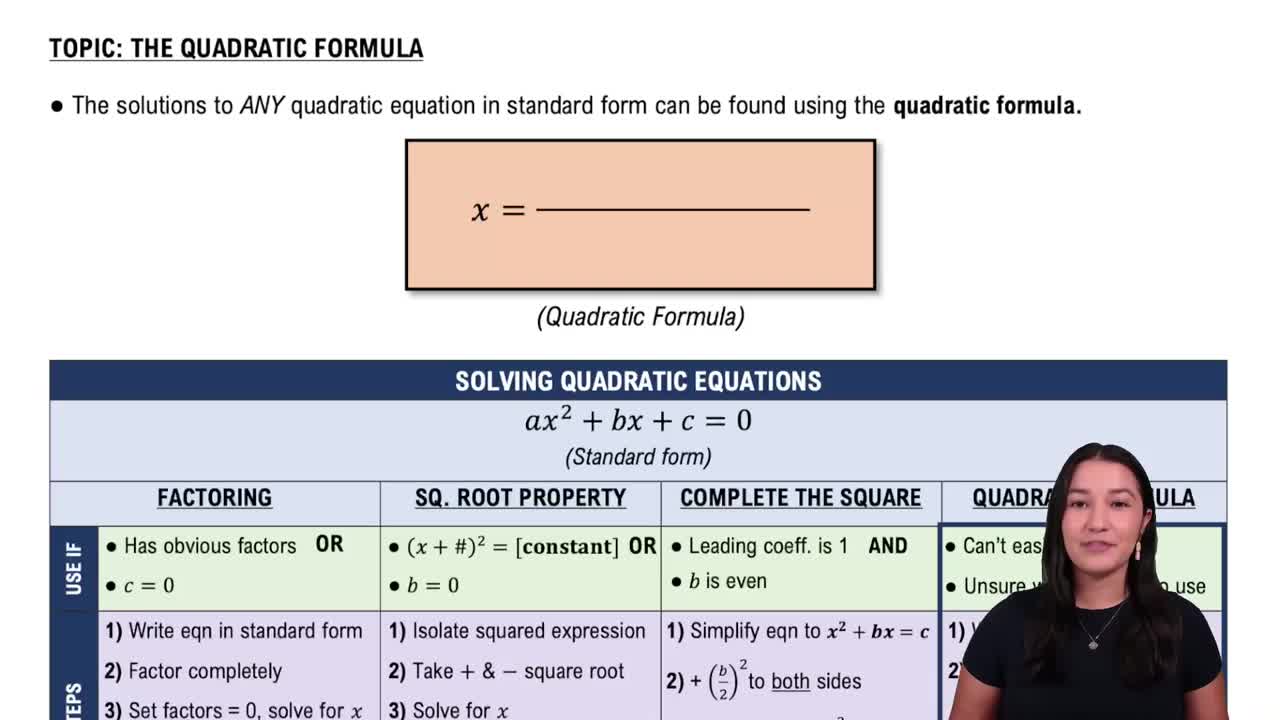Textbook Question
In Exercises 1–8, write the augmented matrix for each system of linear equations.
232
views
 Verified step by step guidance
Verified step by step guidance Verified Solution
Verified Solution



 4:35m
4:35mMaster Introduction to Matrices with a bite sized video explanation from Patrick Ford
Start learning